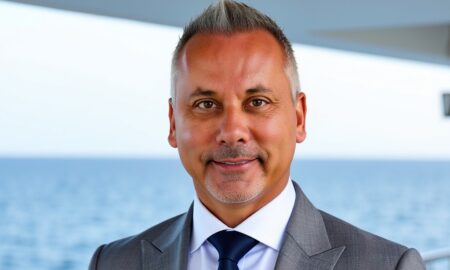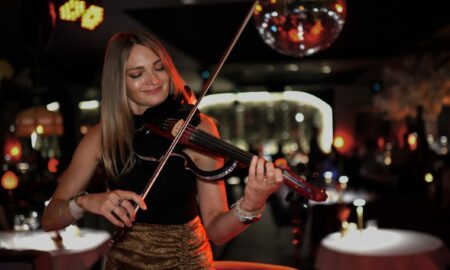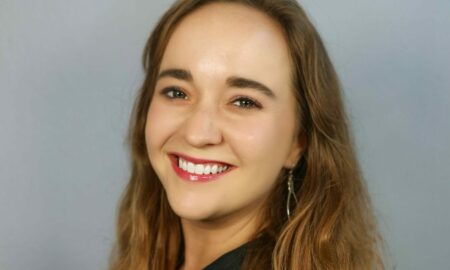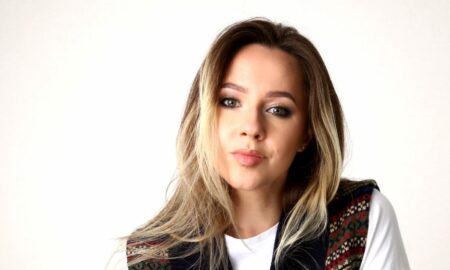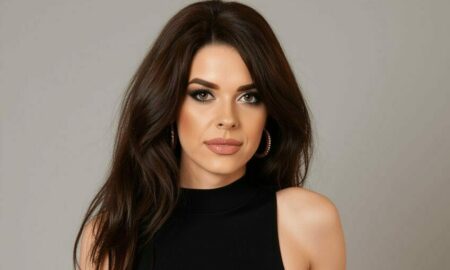

Today we’d like to introduce you to Karen Kuo.
Karen, we’d love to hear your story and how you got to where you are today both personally and as an artist.
One summer when I was in junior high, my family took an oil-painting class together. It was the four of us — my parents, my sister and I, and we’d drive to an art studio every Sunday with each of our easels and a heavy folding cart packed with paint tubes. It was an idyllic moment and I loved the whole process of mixing paints and scouting out locations for plein air painting. My parents are artists as well, so I grew up in a kind of studio environment where there were always creative projects happening. As I was practicing observational drawing and painting, I had this fantasy in my head that the more closely I was able to capture the likeness of a place, that I could somehow immortalize it in a little paper window. That really motivated me for a while.
I started painting a lot more at LACHSA, a public arts high school in downtown Los Angeles, where I met a number of inspiring teachers who had a lot of respect for the craft and taught me that images invite serious study. Later at the Rhode Island School of Design (RISD), I had great professors who were all artists making their own work. The conversations that took place during studio visits and critiques were important for me to see a range of approaches in thinking and making. After I graduated in 2015, I moved back to Los Angeles where I currently work in my studio.
We’d love to hear more about your art. What do you do and why and what do you hope others will take away from your work?
I have been thinking about the psychology of architectural space and the history of landscape painting in relation to metaphysical questions. Many architects and artists have considered this in the past, the idea of what paradise looks like and how to communicate those ideas within the limitations of physical material. In looking at origin stories and ideas of the afterlife as addressed in art history and science fiction, I, too, wonder what exactly is Utopia? My recent paintings attempt to envision a paradise with vast, uninhabited landscapes that appear as though they’ve been conjured from a dream, places where the only signs of civilization are the surrounding manmade and natural structures. All larger-than-human scale, the paintings envelop the viewer and present themselves as gateways leading into a parallel dimension.
In addition to reading material, I reference an archive of personal travel photos as a starting point for a painting. I’m usually on the lookout for the most interesting fragments, whether that’s a particular shape or quality of light in a picture. I’d only keep that specific part on file and discard the rest of the image. So, I’d end up with a bunch of parts, some identifiable and some not, removed from their original context, and all of these are a gold mine for me to start working. I pay particular attention to architectural structures that slice physical space into clean, dramatic shapes and scenes where glass or water act as prisms that multiply their surroundings.
A handful of my artist friends say that they’re drawn to faces and the human figure as subjects that communicate the most direct and physical expression. I’ve rarely felt that way. Instead, I’m more drawn to structures and shapes like silhouettes, shadows, and reflections that suggest the existence of something without naming it outright. A part of me believes that the highest beauty transcends what you can see or name, so those scenarios always exist at a distance, a little bit out of reach. And yet, I also believe it’s possible to experience glimpses of the sublime anywhere. Hopefully, people can empathize with those sentiments and feel a greater degree of inner peace upon seeing my paintings.
Do current events, local or global, affect your work and what you are focused on?
The criteria are constantly changing around what are considered acceptable art forms and which individuals are justified in producing them. It gets complicated to follow because it’s so multilayered and determined by the institutions that validate them as being valuable or relevant. It’s much more important that individual artists are able to place themselves in the context most appropriate for their work which unfortunately is a freedom that many artists in parts of the world today are still unable to fully enjoy. It’s always the artists themselves who motivate one another to think and do more freely.
The kind of work that I want to make looks inwards at desire, spirit, and faith far more than outwards at culture, events, and politics. I find it much more interesting in the process of making paintings to contemplate the things that are theoretically formless and unknowable. At one point in college, I read Concerning the Spiritual in Art by Wassily Kandinsky who made a point that there is a spiritual essence in art that alone moves “onwards and upwards” regardless of its perceived function or critical response. There’s an idealism embedded in there about the lasting power of authenticity. I often think of it as a guiding philosophy, a loose benchmark for what (good) art achieves and what to work towards.
Do you have any events or exhibitions coming up? Where would one go to see more of your work? How can people support you and your artwork?
Anyone who’s interested can follow my progress on social media or my website. I just happen to have one of those names that are relatively common on google searches, so make sure it’s me if you’re trying to reach out! And please get in touch with any questions or just to say hello.
Contact Info:
- Website: www.karenkuo.com
- Email: karenkuostudios@gmail.
com - Instagram: @boatwithoutapilot



 Image Credit:
Image Credit:
Kathrine Kuo
Suggest a story: VoyageLA is built on recommendations from the community; it’s how we uncover hidden gems, so if you or someone you know deserves recognition please let us know here.













